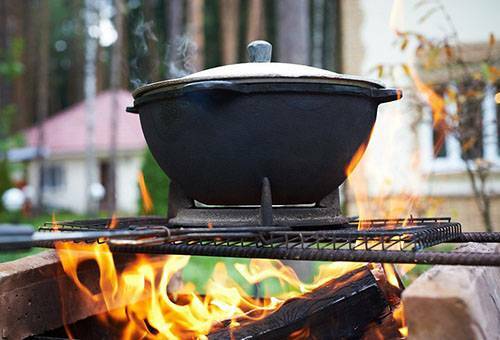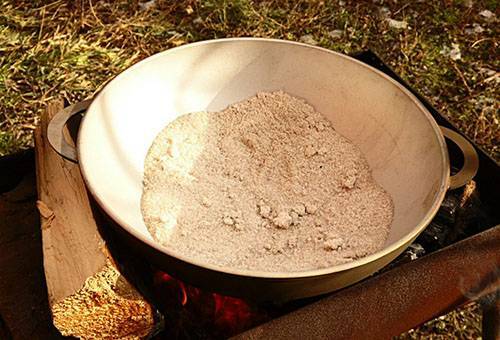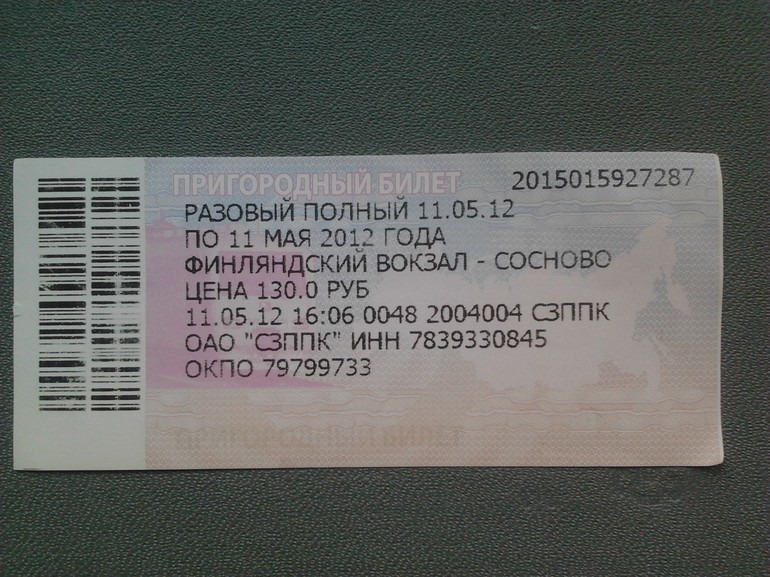Pilaf, meat - thought, and immediately drooled. Delicious! Of course, you can cook these culinary masterpieces in an ordinary saucepan. But in the specialized - kazan - these dishes turn out such that you just lick your fingers.
Kazan is a pan with a rounded bottom. They are made of cast iron, aluminum, other metal alloys. But the latter are extremely rare and often serve to decorate the kitchen.
The new Kazan requires the attention of the hostess. Before the first cooking it should be ignited. Experienced culinary experts recommend buying already experienced kazan. So, they say, and the dishes are more delicious, and you can skip the mandatory procedure of calcining.
Why experiment with high temperatures? The fact is that metal products - any - are poured in forms. To separate the cast iron or aluminum cauldron or pan from the mold, it is covered with a layer of industrial oil. As the mistress of the form when baking cupcakes. If you do not want to enjoy the taste and smell of machine lubrication instead of pilaf, then before 1 use the dishes must be burned. This will remove the grease residue.

How to ignite cast-iron cauldron?
Sounds complicated, but the process is fairly simple. The main thing is to observe the rules and not burn your hands and other parts of the body, and also not burn the kitchen.
There are several ways to calcine cast-iron cauldron.
- On an open flame.
New cast-iron dishes should be washed with warm water and detergent. Then heat the cauldron on an open fire for 2-3 hours. You can use a gas stove, but it's better to do it in the fresh air. When burned, engine oil emits acrid smoke, so it is better not to use this method in the room.
The signal to the end of the process is the disappearance of dark spots from the surface of the cauldron.
- On an open fire using rock salt. Method for rooms.
For cast iron, 2 to 3 kg of table salt is required. Use the rock salt of the coarse grinding, the extra will not work.
It is necessary to heat the container on fire with salt from 1 to 2 hours. The salt should become evenly brown, as it will adsorb the engine oil. It should be thrown away.
- Calcination with oil.
This operation is optional after dry calcination. Cast iron boiler has the property of rust, so lubrication is still necessary.
Pour 1 liter of oil into olive, cotton, sunflower oil into a hot cauldron. Wait for the oil to boil, and gently tilt the container so that the liquid covers all the walls of the cauldron. Leave on fire for 2 hours.
If the dimensions of the oven permit, then calcination with oil can be done in the oven at a temperature of 200 degrees for 2 hours.
After treatment, leave the cauldron to cool. Do not pour water into it! Cast iron - the material is brittle, and the dishes can crack. After complete cooling, wash the boiler with warm water and detergent.

How to calcine aluminum?
Aluminum cauldron is a budget option. Such dishes cost less than its cast-iron counterparts, and it is much easier. But pots of aluminum are quickly heated up and also cool quickly, so the effect of languor, as in cast iron, will not be.
Aluminum is a low-melting metal, so it is necessary to calcine such a caution with caution. Since there is a great chance of getting a metal lump instead of dishes.
Now on the shelves of stores there were aluminum cauldrons with non-stick coating. Such utensils are not calcined before use!
The purpose of calcination of aluminum caustic is the creation of a film of oxides on the surface. After that free aluminum can not get into food or react chemically with any ingredient.
- Open flame.
You can cheet aluminum cauldene on the street at the stake, like his cast-iron brother. But the fire should be below average. It is advisable to use raw firewood that does not give a high combustion temperature. The duration of the procedure is no more than 1.5 hours.
It is necessary to follow the dishes made of aluminum during the temperature treatment. Otherwise, risk not to ignite the boiler, and melt it!
- Use of table salt.
The principle of operation is the same as with cast-iron dishes. But - a weak fire, and the processing time is not more than 1.5 hours. The salt should become creamy-brown in color.
After calcination, salt can not be used, since it absorbed engine oil.
- Use of vegetable oil or animal fat .
The procedure is the same as for calcining cast-iron dishes. But aluminum cauldrons do not rust, as in the composition of the alloy there is no iron. Therefore, there is no sense in playing with oil! But if you want, then use oil for calcining aluminum dishes.
The fire is below average, the processing time is 1.5 hours.
Advice
Be careful not to burn your hands and other parts of your body!
After calcination, allow the dishes to rest until completely cooled. Aluminum does not burst from the temperature difference, like cast iron. But it's not worth the risk! Do not wash aluminum caustic by abrasive or metal scouring. You will damage the layer of aluminum oxide. As a result, the dishes will start to burn, and the harmful metal will fall into food.



